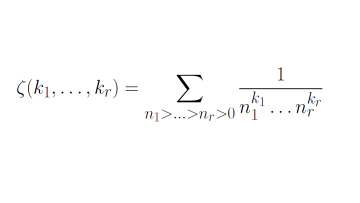14:15
Heisenberg groups and graded Lie algebras
Abstract
I will talk about a way of building graded Lie algebras from certain Heisenberg groups. The input for this construction arises naturally when studying families of algebraic curves, and we'll look at some examples in which Lie theory interacts with number theory in an illuminating way.


